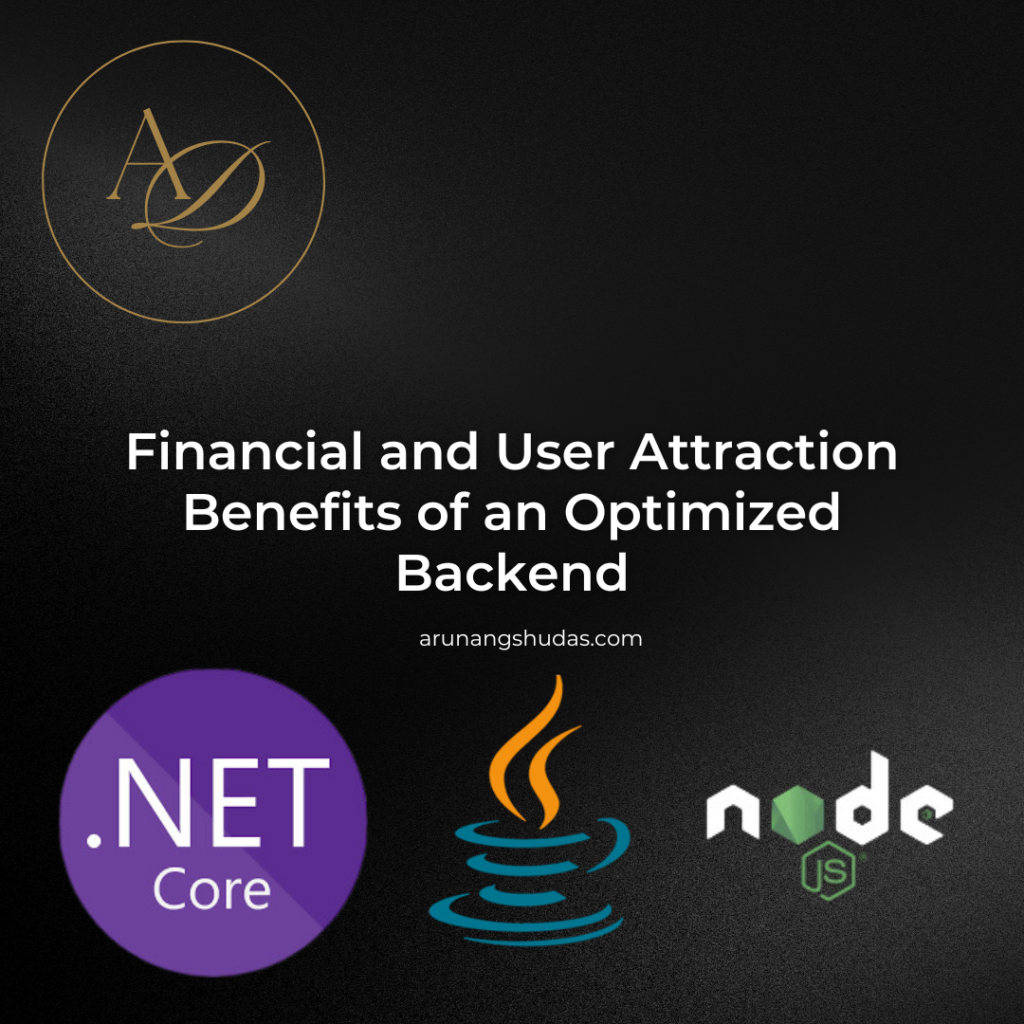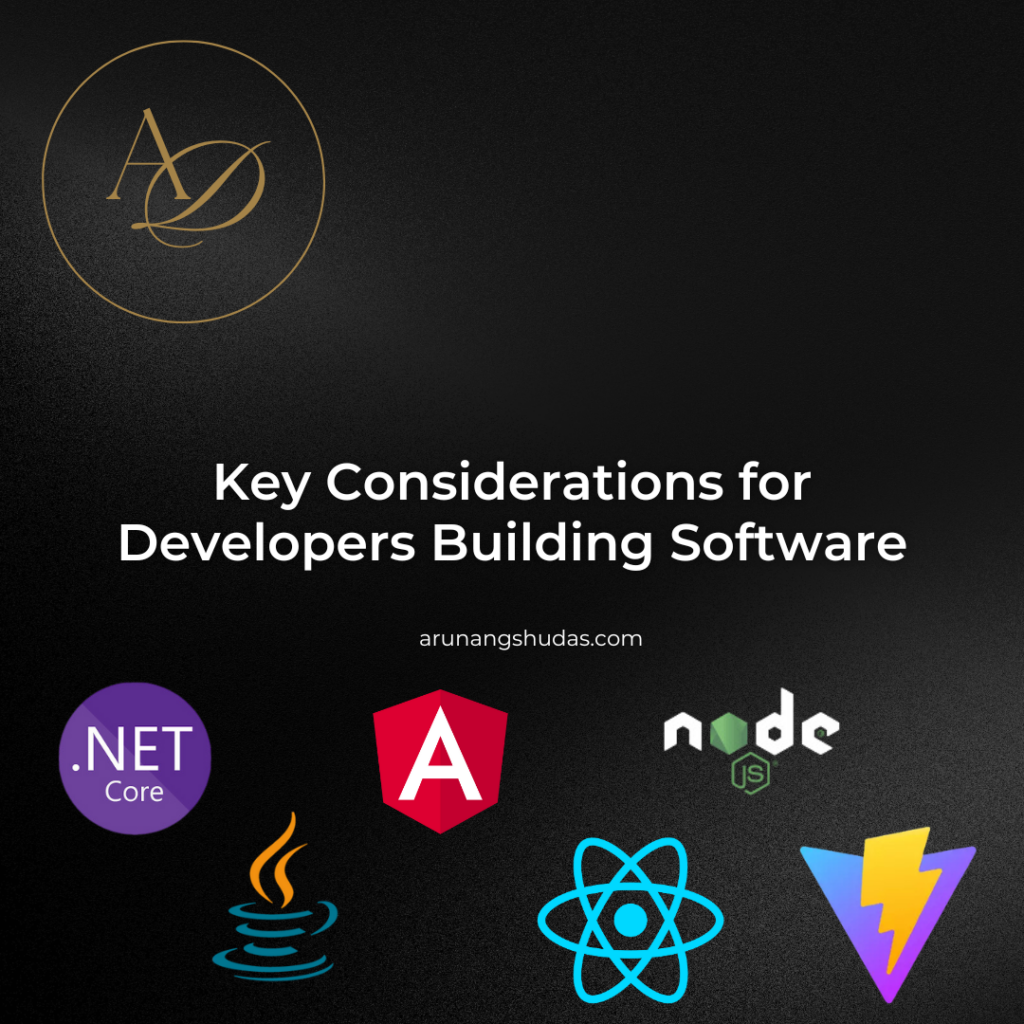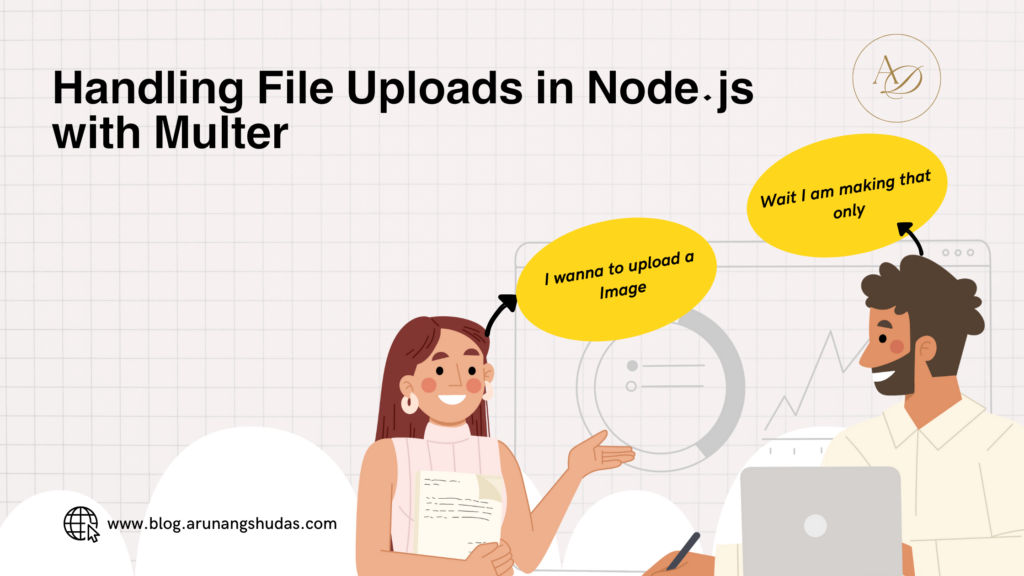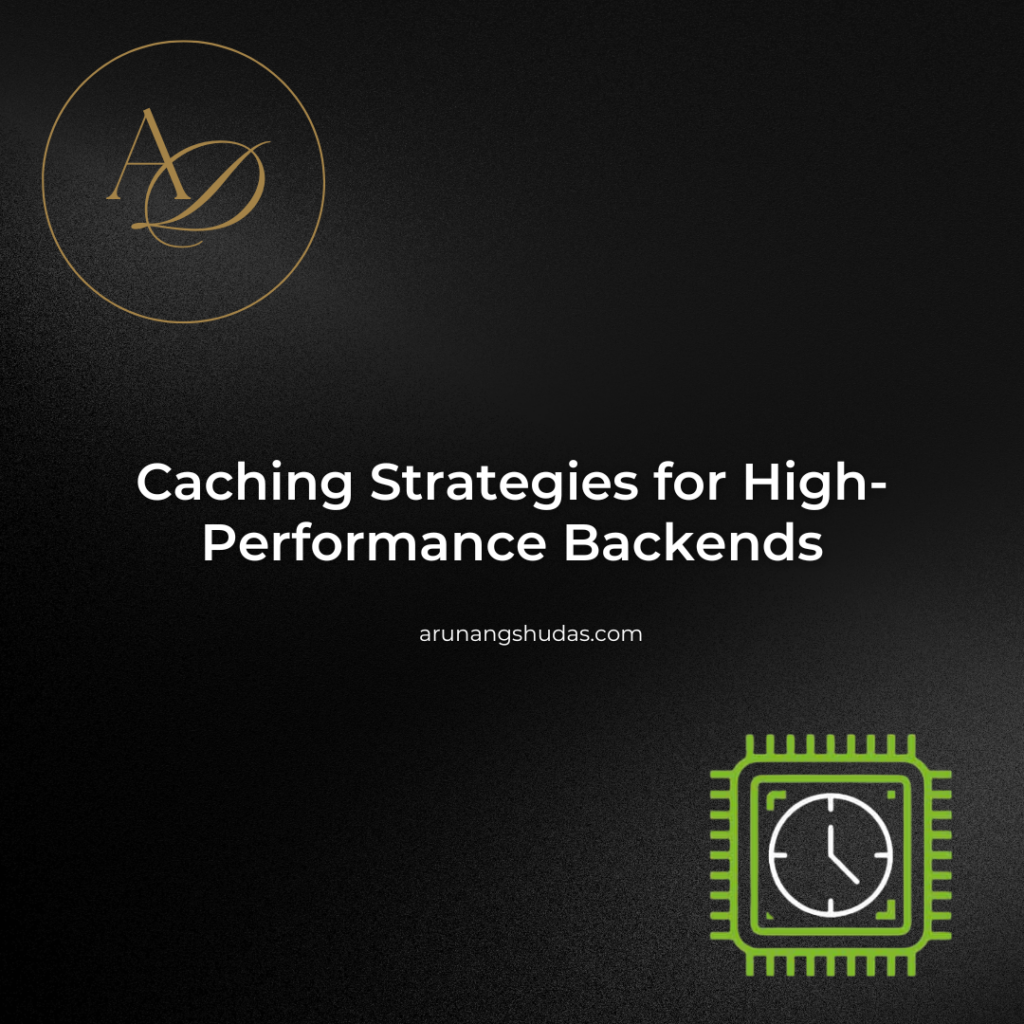When people talk about trading success, they usually focus on strategy, risk management, and market trends. But behind every successful trading system is a solid database architecture. If your database is slow, unreliable, or not optimized for real-time decision-making, your trading performance will suffer—regardless of how good your strategy is.
Let’s break down why database architecture is a critical factor in trading success and how you can optimize it for speed, reliability, and scalability.
Why Database Architecture Matters in Trading
1. Speed: Every Millisecond Counts
Trading—especially algorithmic and high-frequency trading (HFT)—is all about speed. If your system is too slow to process market data or execute orders, you’ll miss profitable opportunities. Your database should be capable of handling millions of transactions per second with minimal latency.
What affects speed?
- Query performance – Poorly optimized queries slow down data retrieval.
- Indexing – Without proper indexing, your database will struggle to find relevant records quickly.
- Replication & Caching – Reducing the load on primary databases ensures faster reads and writes.
2. Reliability: Downtime Can Cost You Thousands
Imagine placing a trade and your database crashes before the order is executed. Even a few minutes of downtime in trading can mean significant financial losses.
To ensure reliability:
- Use distributed databases – Systems like Amazon Aurora or Google Spanner ensure redundancy and failover mechanisms.
- Automated backups – Regular snapshots of your database protect against corruption and accidental data loss.
- Fault-tolerant architecture – Implement active-active or active-passive database setups to prevent single points of failure.
3. Scalability: Handling Market Spikes
Markets can be relatively quiet for long periods, then suddenly explode with activity—especially during major news events. Your database should scale dynamically to handle these spikes without slowing down.
Best practices for scalability:
- Horizontal scaling – Instead of upgrading a single server (vertical scaling), distribute the load across multiple servers.
- Partitioning/sharding – Splitting large datasets into smaller, more manageable parts improves performance.
- Cloud-based databases – Services like AWS DynamoDB and Google BigQuery allow on-demand scaling.
Choosing the Right Database for Trading
Not all databases are suitable for trading. Here are some common types and their best use cases:
1. Relational Databases (SQL-based)
- Examples: PostgreSQL, MySQL, Microsoft SQL Server
- Best for: Historical data storage, trade logs, and reporting
- Pros: ACID compliance ensures data consistency, strong query capabilities
- Cons: Can be slower for real-time processing compared to NoSQL solutions
2. NoSQL Databases
- Examples: MongoDB, Cassandra, DynamoDB
- Best for: Real-time data processing, caching, and handling large volumes of market data
- Pros: High speed, flexible schema, scalable
- Cons: Less consistency than SQL databases (eventual consistency models)
3. Time-Series Databases
- Examples: InfluxDB, TimescaleDB
- Best for: Storing and analyzing price movements, tick data, and market trends
- Pros: Optimized for fast reads/writes, built-in functions for time-based analysis
- Cons: May require integration with other databases for complete trading systems
4. In-Memory Databases
- Examples: Redis, Memcached
- Best for: Low-latency trading applications, real-time order books
- Pros: Blazing fast reads and writes
- Cons: Volatile (unless persistent storage is enabled)
Optimizing Your Trading Database for Maximum Performance
Here are some key steps to make sure your database isn’t the weak link in your trading system:
→ Optimize Indexing – Use composite indexes and covering indexes for lightning-fast queries.
→ Use Connection Pooling – Reduces the overhead of establishing new database connections for each query.
→ Leverage Caching – Store frequently accessed data in Redis or Memcached to avoid hitting the main database repeatedly.
→ Partition Data Intelligently – Use sharding or partitioning strategies to improve read/write efficiency.
→ Monitor Performance – Regularly analyze slow queries and optimize them. Use tools like pg_stat_statements for PostgreSQL or Performance Schema for MySQL.
Final Thoughts
A well-optimized database can be the difference between winning and losing in the trading world. If you’re serious about trading success, don’t just focus on strategies—pay attention to the backbone of your system: your database architecture.
You may also like:
1) 5 Common Mistakes in Backend Optimization
2) 7 Tips for Boosting Your API Performance
3) How to Identify Bottlenecks in Your Backend
4) 8 Tools for Developing Scalable Backend Solutions
5) 5 Key Components of a Scalable Backend System
6) 6 Common Mistakes in Backend Architecture Design
7) 7 Essential Tips for Scalable Backend Architecture
8) Token-Based Authentication: Choosing Between JWT and Paseto for Modern Applications
9) API Rate Limiting and Abuse Prevention Strategies in Node.js for High-Traffic APIs
10) Can You Answer This Senior-Level JavaScript Promise Interview Question?
11) 5 Reasons JWT May Not Be the Best Choice
12) 7 Productivity Hacks I Stole From a Principal Software Engineer
13) 7 Common Mistakes in package.json Configuration
Read more blogs from Here
Share your experiences in the comments, and let’s discuss how to tackle them!
Follow me on Linkedin








